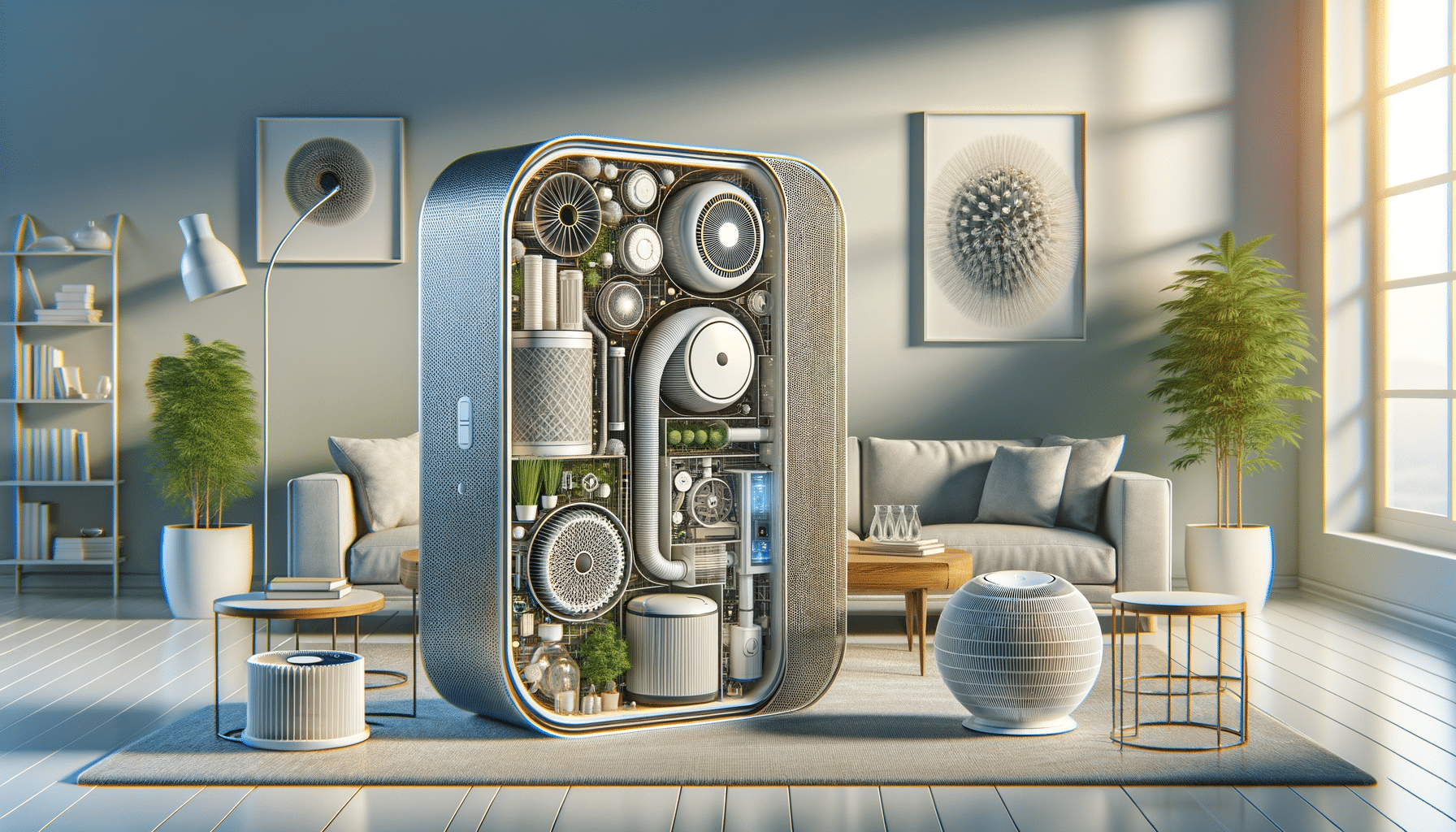
Home Air Purifiers and Cleaners for Indoor Air Support
Home Air Purifier Benefits
In today’s world, where urbanization and industrial activities have significantly increased air pollution, maintaining good indoor air quality has become essential. Home air purifiers offer a practical solution to this growing concern. These devices are designed to reduce airborne contaminants, including allergens, smoke, and volatile organic compounds (VOCs), thus enhancing the overall air quality in your home.
One of the primary benefits of air purifiers is their ability to alleviate symptoms associated with respiratory conditions such as asthma and allergies. By filtering out dust mites, pollen, and pet dander, air purifiers can significantly reduce the triggers that exacerbate these conditions. Moreover, they play a crucial role in curbing the spread of airborne diseases by capturing bacteria and viruses from the air.
Additionally, air purifiers can help eliminate unpleasant odors from cooking, pets, and smoke, making your home environment more inviting. For those living in urban areas or near industrial sites, air purifiers can be particularly beneficial in reducing exposure to harmful pollutants and chemicals that may otherwise compromise long-term health.
Overall, investing in an air purifier can lead to a healthier living space, providing peace of mind and a cleaner, fresher atmosphere for you and your family.
Types of Air Cleaners
Air cleaners come in various types, each utilizing different technologies to purify the air. Understanding these types can help you choose the right device for your specific needs.
1. HEPA Filters: High-efficiency particulate air (HEPA) filters are renowned for their ability to capture particles as small as 0.3 microns. These filters are highly effective at trapping dust, pollen, mold spores, and pet dander, making them ideal for allergy sufferers.
2. Activated Carbon Filters: These filters are excellent at removing odors and gaseous pollutants. They work by adsorbing pollutants onto a large surface area of activated carbon, which is particularly useful for eliminating smoke and VOCs.
3. UV-C Light Technology: Air purifiers with UV-C light technology use ultraviolet light to kill bacteria, viruses, and mold spores. This technology is often combined with other filters to enhance air purification effectiveness.
4. Ionic Purifiers: These devices release negative ions into the air, which attach to positively charged particles like dust and allergens, causing them to fall to the ground or onto surfaces. While effective, they may produce ozone, which is a consideration for those with respiratory issues.
5. Ozone Generators: Though effective at eliminating strong odors and some pollutants, ozone generators can produce ozone at levels that are harmful to health. They are not recommended for residential use.
Choosing the right type of air cleaner depends on your specific air quality concerns and the size of the area you wish to purify. Each type has its strengths and limitations, so it’s crucial to assess your needs carefully before making a decision.
Choosing an Air Purifier for Your Home
Selecting the right air purifier for your home involves considering several factors to ensure you meet your indoor air quality needs effectively. Here are some key considerations:
1. Room Size: Determine the size of the room where you plan to use the air purifier. Air purifiers are rated for specific room sizes, so selecting one that matches your room dimensions will optimize its efficiency.
2. Filtration Needs: Identify the primary pollutants you wish to target. If allergies are a concern, a HEPA filter is essential. For odors and chemical sensitivities, consider a model with an activated carbon filter.
3. Noise Level: Air purifiers can vary in noise output. If the device will be used in a bedroom or quiet space, look for models with lower decibel ratings or sleep mode features.
4. Maintenance Requirements: Consider the cost and frequency of filter replacements. Some models require more frequent maintenance, which can add to the long-term cost.
5. Energy Efficiency: Check the energy consumption of the air purifier, especially if you plan to run it continuously. Energy-efficient models can help reduce electricity costs.
6. Additional Features: Some air purifiers come with features like air quality indicators, remote controls, or smart connectivity. While not essential, these features can enhance convenience and user experience.
By thoroughly evaluating these factors, you can choose an air purifier that effectively addresses your air quality concerns while fitting seamlessly into your home environment.


